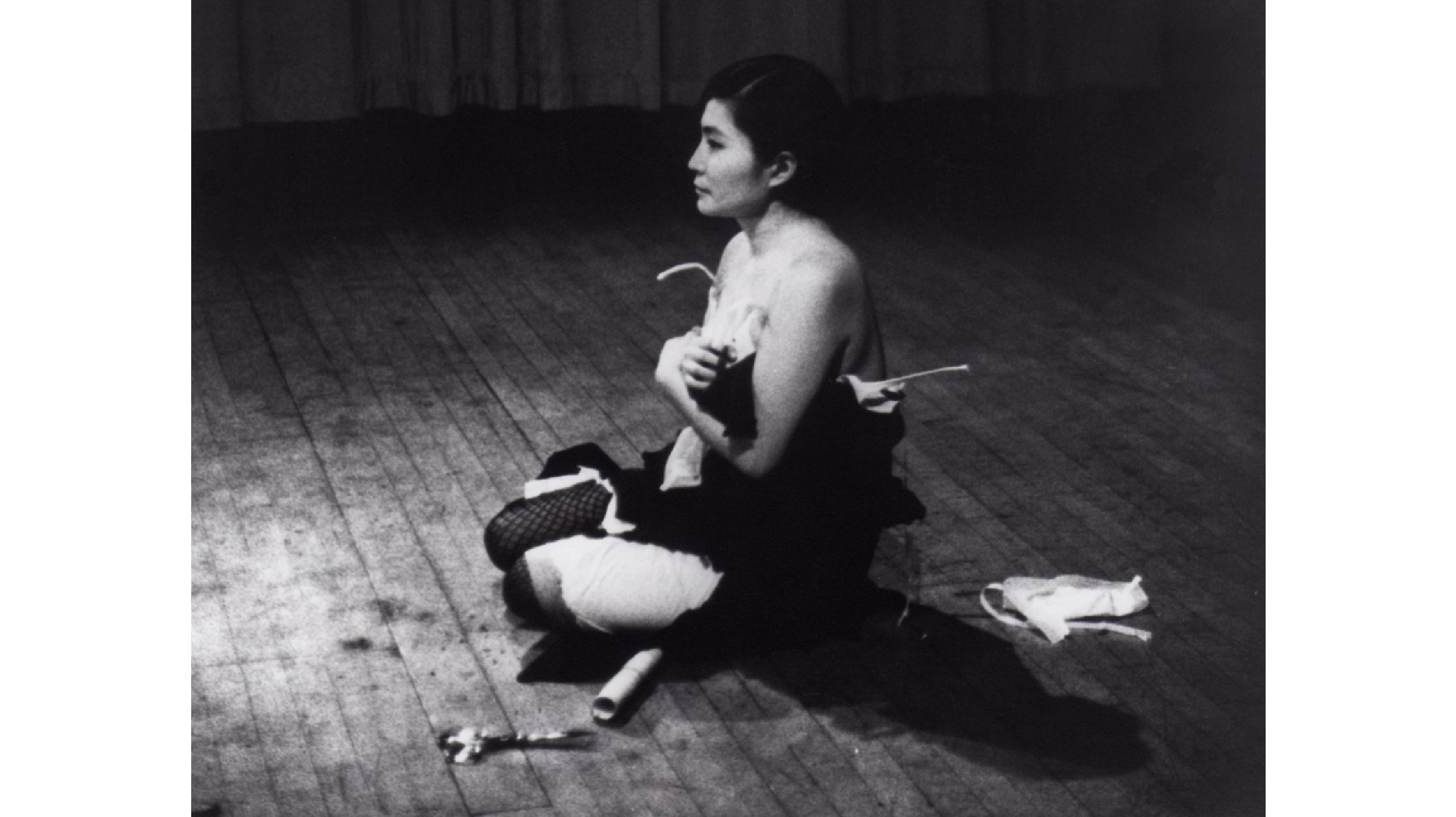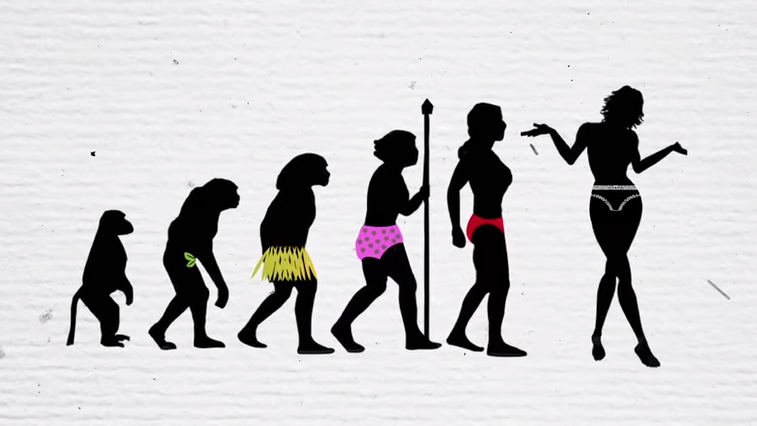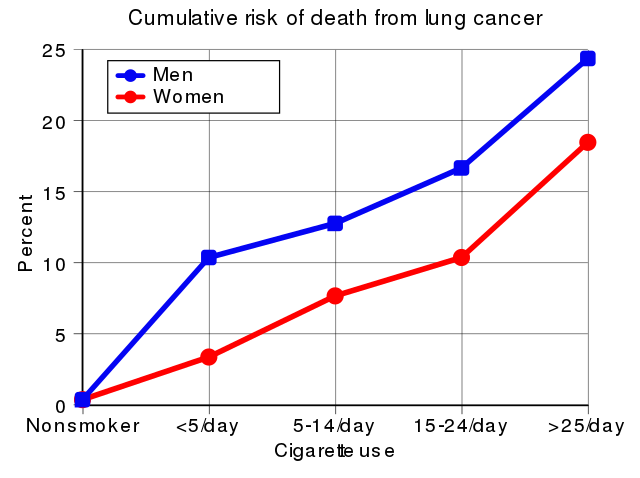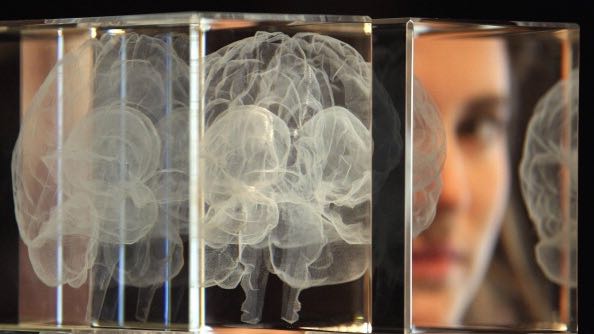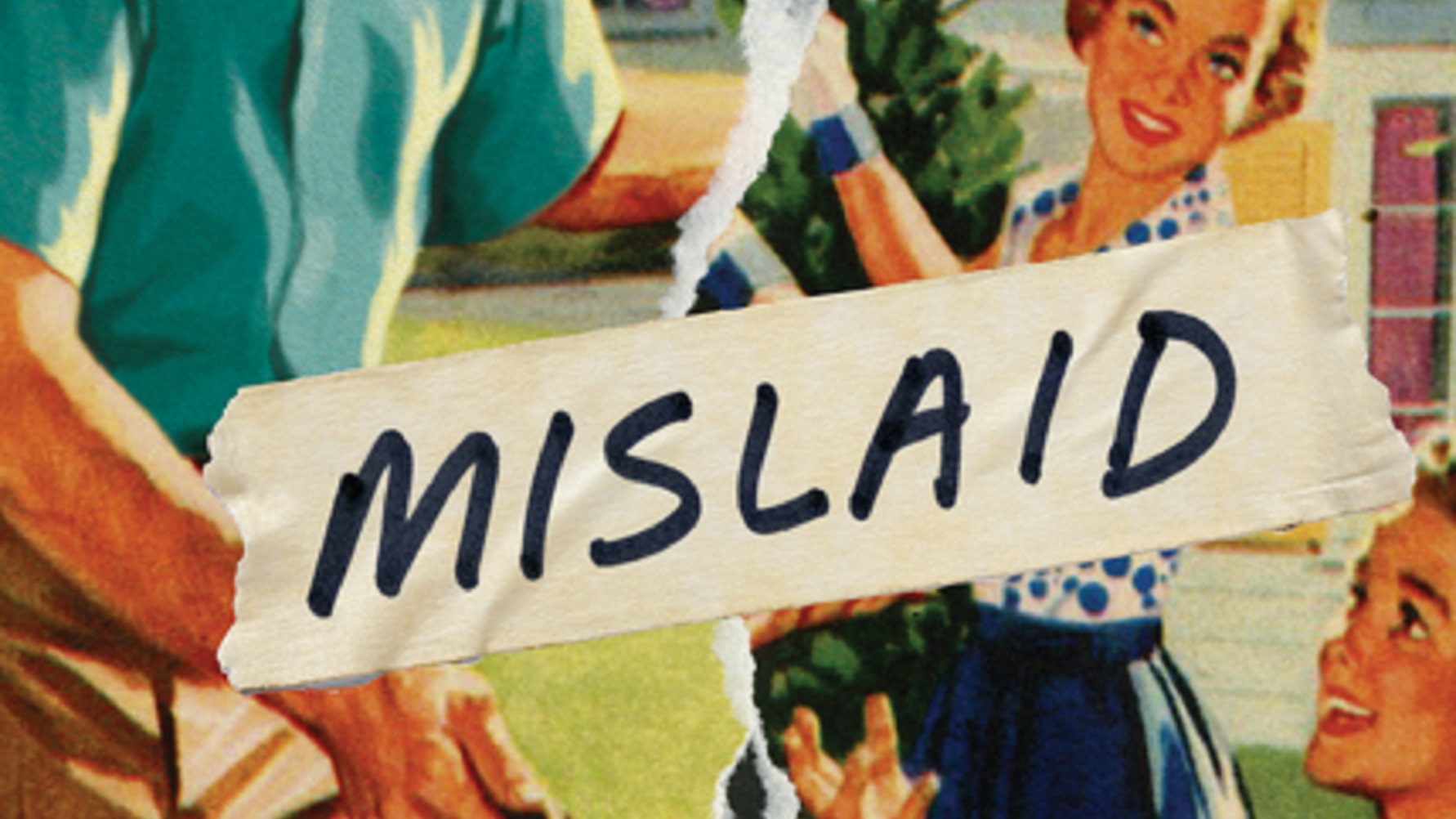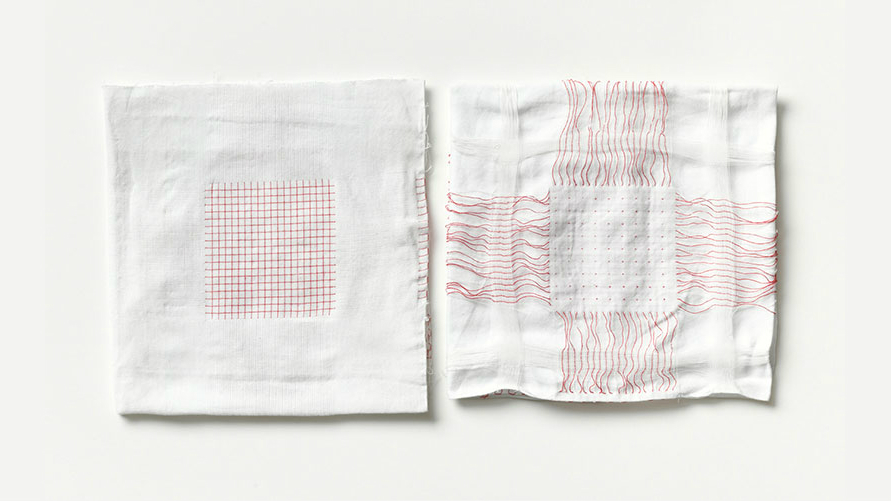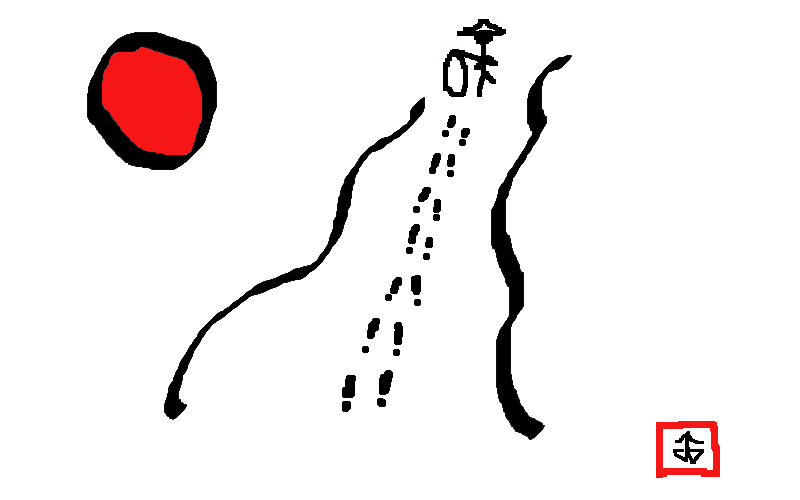David Walsh has found that sports help people cope with big life changes — it acts as an outlet and allows us to have a sense of community. So, how would sports help in the transition to retirement?
All Articles
John Lennon liked to joke that Yoko Ono was “the world’s most famous unknown artist.” Before she infamously “broke up the Beatles” (but not really), Ono built an internationally recognized career as an artist in the developing fields of Conceptual art, experimental film, and performance art. Unfairly famous then and now for all the wrong reasons, Ono’s long fought in her own humorously sly way for recognition, beginning with her self-staged 1971 “show” Museum of Modern (F)art, a performance piece in which she dreamed of a one-woman exhibition of her work at the Museum of Modern Art, New York. Now, more than 40 years later, the MoMA makes that dream come true with the exhibition Yoko Ono: One Woman Show, 1960–1971. Better late than never, this exhibition of the pre-Lennon and early-Lennon Ono establishes her not just as the world’s most famous unknown artist, but the most unfairly unknown one, too.
After reading Mike Slosberg’s gripping page-turner, you will never again view the idealistic process of adoption in quite the same light.
Brainwaves may be the future of account security, according to researchers. But it will be a while before it comes to the consumer market.
A journalist tricked news outlets into reporting a bogus study to demonstrate the sorry state of science journalism, but was the sting operation ethical?
Millions of girls in Africa skip school because of their periods. But menstruation is still a shameful topic even in the Western world and it doesn’t attract many entrepreneurs and innovators to tackle the problems surrounding it.
The number of new cases of cancer worldwide is rising. The death rate from cancer worldwide is dropping. What do these conflicting numbers tell us about the challenge of making sense of just how risky it is out there?
The U.S. Supreme Court issued a ruling this week protecting free speech on the Internet by clarifying the standards by which people can be convicted for making potential threats online.
Facebook has enabled PGP encryption as an option for notification emails, adding another layer of security for users. So, what companies will follow?
By nature, humans are social creatures, which has led some researchers to suggest that’s why humans enjoy browsing Facebook when we want to unwind.
In the age of genetic testing, the contents of a small white envelope can tell you your future.
The recycling firm that had an Apple I computer dropped on its doorstep is now looking for the mystery woman that unknowingly donated the legendary piece of technology.
In a report given to ABC News, TSA screeners failed to detect 67 out of 70 tests at dozens of airports throughout the country.
Most modern day detergents don’t require heat in order to clean your clothes. Plus, switching to cold-water washes helps save you money on your next energy bill.
Too much caffeine caused one women to exhibit manic symptoms — restlessness, rapid speech, and paranoia, all from overconsuming coffee.
The Concordia Research Station, located in middle-of-nowhere, Antarctica, offers ideal conditions for testing human psychological and physiological reactions to extreme situations.
A year after a near-fatal car accident, the comedian has rebounded from a traumatic brain injury.
Researchers have found that there are people who can recall their lives down to the last detail, and there are people who sit on the opposite side of that spectrum.
Researcher Christin L. Munsch breaks down how being economically dependent on a spouse may cause some men and women to stray.
The simple sights of sunrises and sunsets, spectacularly but seldom seem. “Lost — yesterday, somewhere between sunrise and sunset, two golden hours, each set with sixty diamond minutes. No reward is offered, […]
If Flannery O’Connor somehow birthed the love child of Sid Vicious, she might end up sounding like novelist Nell Zink. Equal parts Southern Gothic’s grotesquely twisted charm and punk and alternative music’s insiderish anti-establishmentism, Zink’s second novel Mislaid will disorient you until you let it delight you. Zink’s mix — which I’ll call Southern Gothic Punk — might be an acquired taste, but a taste well worth experiencing if only to break out of the contemporary rut of MFA-programed, sound-alike fiction that’s become the bubblegum pop of today’s literature.
Be a Patron for Starts With A Bang and bring the Universe to everyone. “The universe is big, its vast and complicated, and ridiculous. And sometimes, very rarely, impossible things […]
Ariana Miyamoto, the biracial woman recently named Miss Universe Japan, is hoping to persuade her country’s citizens into broadening their perception of what is authentically Japanese.
The discovery of a new hominid species, a contemporary of the famous “Lucy,” expands our understanding of human origins and the middle Pliocene period.
A news agency in Panama City installed devices in local potholes that automatically tweet complaints to the public works department every time they are driven over.
U.S. District Judge Katherine Forrest has sentenced Ross Ulbricht to life in prison, a more severe sentence than even the prosecution had requested. Forrest explained she was making an example of Ulbricht to send a message to others like him.
Laura Kipnis, a professor at Northwestern University, has been brought up on Title IX charges that appear to infringe on her First Amendment rights. She published an account of her experience yesterday.
How one of the first tests of special relativity might lead to the greatest particle accelerator of all-time. “One feels that the past stays the way you left it, whereas […]
Where previous iterations of wearable technology have relied on gaudiness, Google’s new smart fabric comes with an understanding that innovation doesn’t always need to be flashy.
It’s subtle and pernicious as hell how this happens. How we transform something that’s supposed to make us more open and balanced into a shiny new prison of things, jargon, and obligations.

